I'm an interior decorator. Here are 8 things I would never have in my backyard.

As an interior decorator, there are a few things I'd never have in my backyard.
In my opinion, plastic furniture and vinyl fencing can disrupt the natural beauty of a garden.
I find that solar-powered lights are unreliable and aren't bright enough during dark winter months.
Home improvements like landscaping projects and backyard renovations can range from a few hundred dollars to over $20,000, so it's important to make sure any changes to your outdoor space are a worthwhile investment.
As an interior decorator, I encourage my clients to create a comfortable backyard space with a no-frills approach that enhances the natural environment. However, there are a lot of materials and design choices I'd avoid when creating a classic-looking yard space.
Here are eight things I would never have in my backyard as an interior decorator.
Plastic furniture doesn’t feel sophisticated to me.

In my opinion, colorful plastic chairs and tables feel flimsy and distract from the yard's natural beauty.
Unless you're willing to spring for a more durable option like Polywood, which is made from high-quality recycled plastic, colorful furniture will likely fade and wear quickly in the sun.
Instead, I create a timeless garden space using heavy wrought-iron or wooden furniture.
A fully hardscaped backyard is my nightmare.
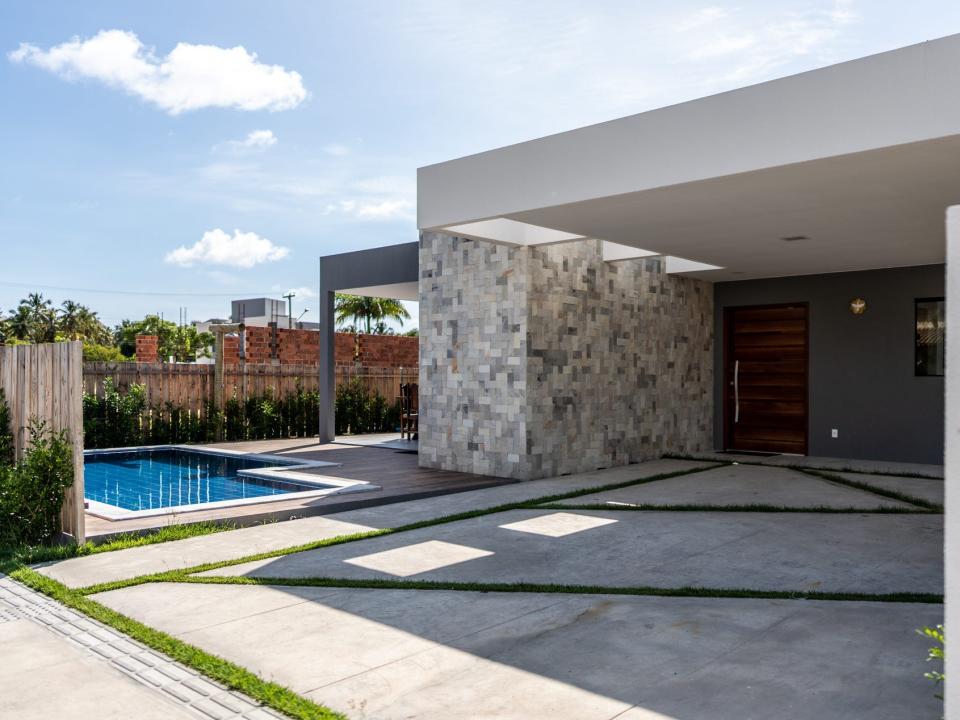
Hardscaping, or incorporating non-natural elements like stone walls, decks, or fences, can help create functional outdoor spaces for entertaining. These non-natural elements can be especially appealing to people who don't want to take care of lots of live plants.
However, I find that many designers overdo it when it comes to hardscaping — and to me, a wall-to-wall concrete yard with little plant life is a bit sad-looking and difficult to update.
You don't need to remove all vegetation to have a low-maintenance backyard. I recommend researching native plants or consulting with a landscaper to establish a beautiful, biodiverse garden that's easy to care for.
I wouldn't recommend outdoor rugs in most climates.
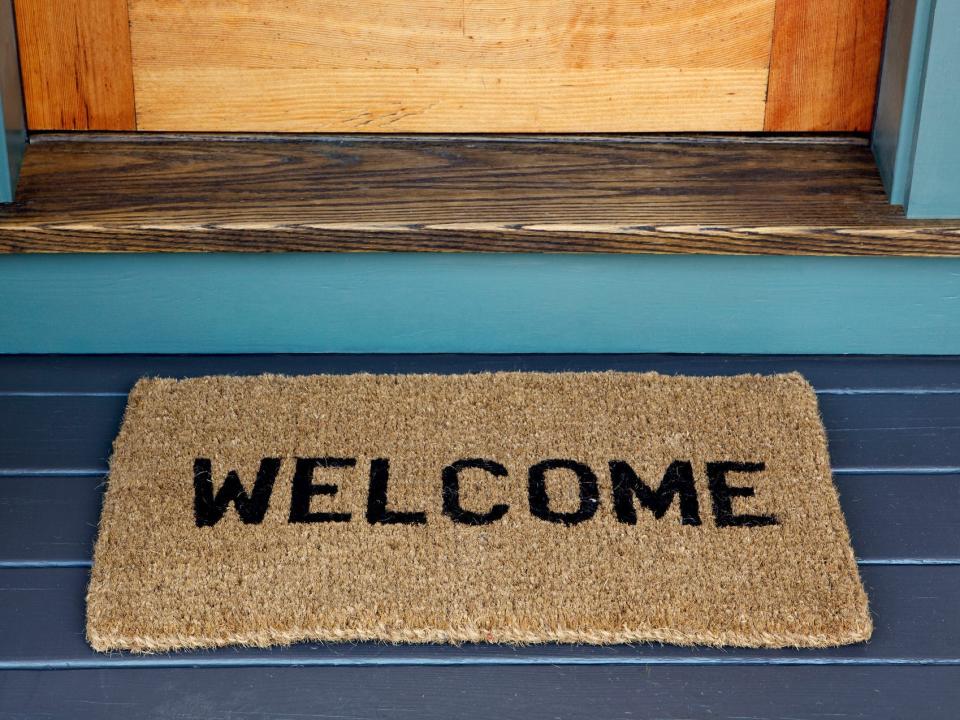
Outdoor rugs are great in dry climates or areas where a portion of the yard is covered. However, they can get moldy and become maintenance nightmares in areas with heavy rainfall or pollen.
I like to create interest and dimension in the yard by using various ground coverings like stone, tile, or wood decking. By diversifying my materials, I get the same effect as a rug but in a durable, design-focused way.
I find solar-powered path lights to be unreliable.
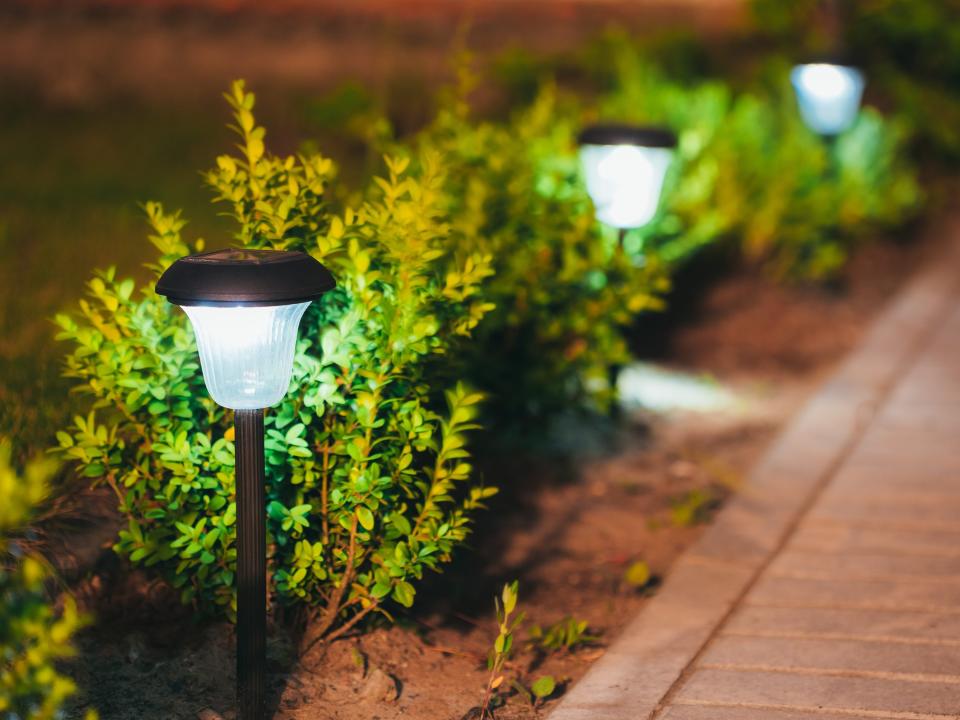
I find that solar-powered lights are unreliable and aren't bright enough during dark winter months. Therefore, I recommend installing path lights or other outdoor fixtures with regular bulbs.
For easy maintenance, select fixtures that allow bulb replacements instead of options that require removing the entire structure.
Outdoor ottomans and poufs are not worth the maintenance for me.
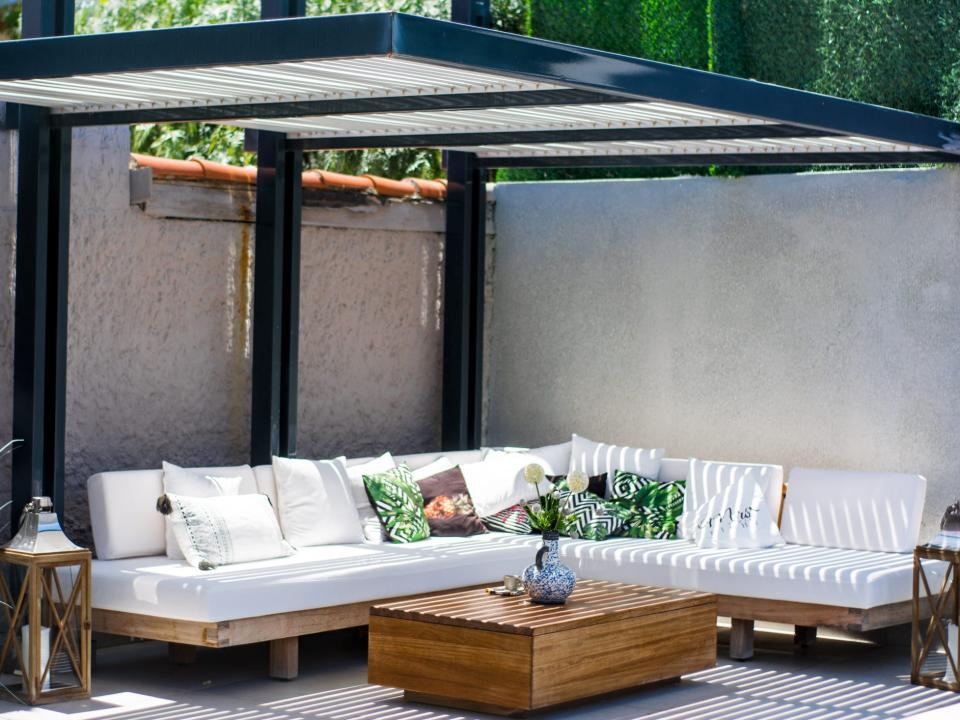
I avoid large, fabric-heavy furniture like ottomans and poufs because they need to be protected from the elements during harsh weather and require lots of storage space.
Instead, I opt for woven-rope furniture or high-quality metal pieces with cushions. However, I make sure the cushions are made from durable materials like Sunbrella, which is resistant to fading and UV rays.
These synthetic fibers still need annual cleaning, and the cushions should be stored during rainy days or the offseason. However, these types of pieces are made to last and are more forgiving for low-maintenance backyards.
I find vinyl fencing lacks the charm of real wood.
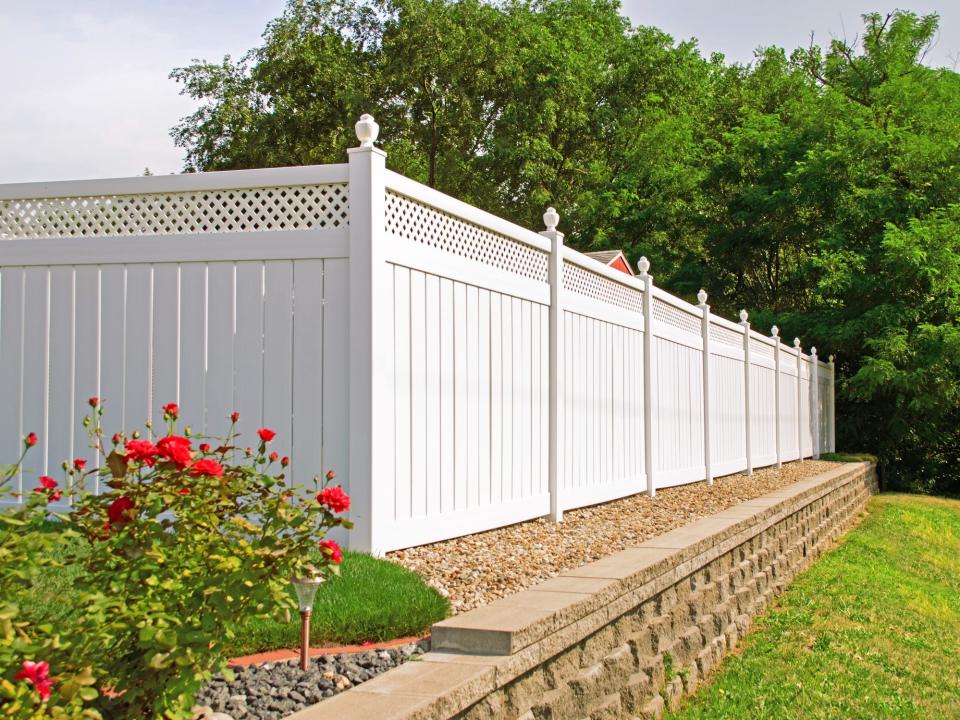
Vinyl fencing is popular for its low-maintenance qualities, but I don't like the look of sleek plastic in a natural landscape.
I prefer traditional wooden fencing, which is usually less expensive to install than vinyl and can blend into the yard as it naturally fades. Instead of painting a wooden fence, I recommend staining it for a long-lasting treatment that matches the yard's natural color palette.
I'm not a fan of too many lawn ornaments.

I find plastic trinkets, wind spinners, and garden gnomes charming in moderation, but I prefer to use live plants and landscaping as the main decoration.
For a quirky backyard with sophisticated embellishments, I lean toward decor made from natural materials like stone and glass. These materials usually resist sun fading, which can make the decor look shabby.
I don’t recommend stamped concrete.
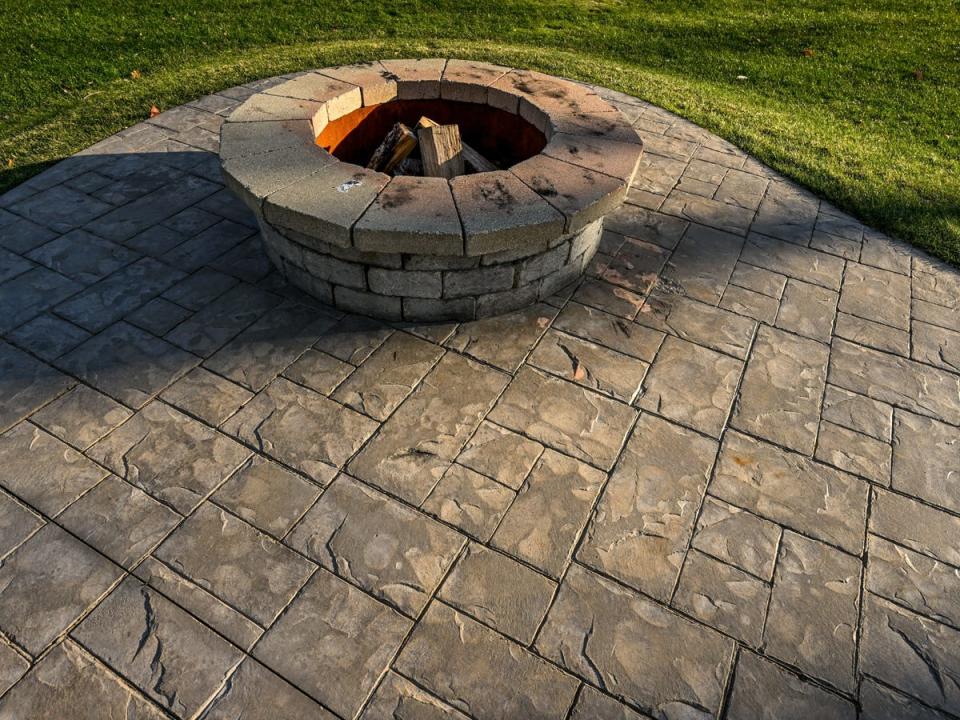
Stamped concrete, which creates a design that mimics brick or stone, is usually budget-friendly. However, I don't recommend it over traditional pavers.
Stamped concrete often gets slippery when wet, is difficult to repair, and can crack over time.
On the other hand, I find most pavers' natural imperfections visually beautiful. Pavers are usually very durable, making them an investment that adds value to the home.
Read the original article on Business Insider

 Yahoo News
Yahoo News 
